A Guide to Japan’s Regions: Find Your Next Journey

You might have heard of the "Kansai Region" or "Kanto Region" in Japan. There are more than eight regions in Japan, as well as sub-regions. In this article, we introduce Japan's regions with their prefectures and major points of interest.
Japan's Regions
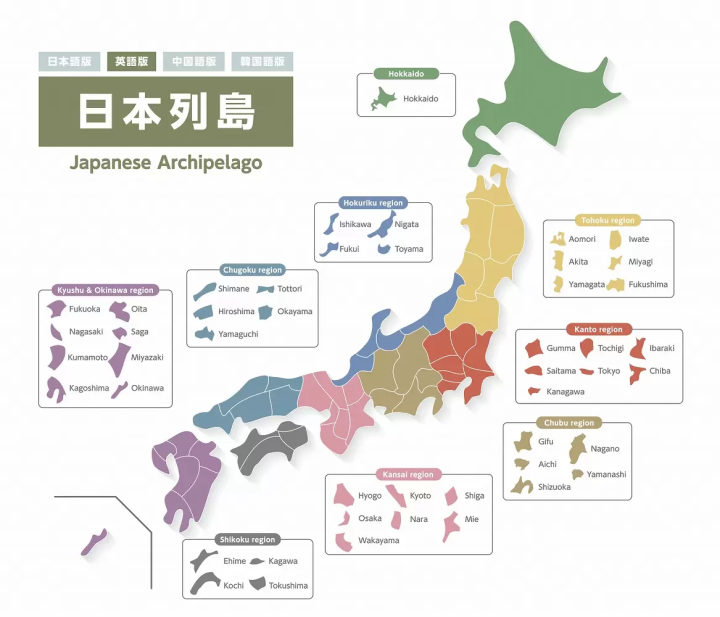
Image by Pixta
Japan has 47 prefectures clustered in several regions: Hokkaido, Tohoku, Kanto, Chubu, Kansai, Chugoku, Shikoku, Kyushu, and others. Some of these regions are divided into sub-regions; for instance, Hokuriku and Tokai are subdivisions of the Chubu region.
All of the regions making up Japan have been shaped by history as well as their geography. Creating traditions that form the community has led to slight cultural differences within the country that are worth exploring for any traveler. Let’s explore what each region has to offer!
A Guide to Japan's Regions
1. Hokkaido
2. Tohoku
3. Kanto
4. Chubu
5. Koshinetsu
6. Hokuriku
7. Tokai
8. Kansai / Kinki
9. Chugoku
10. Shikoku
11. Kyushu
12. Okinawa
1. Hokkaido
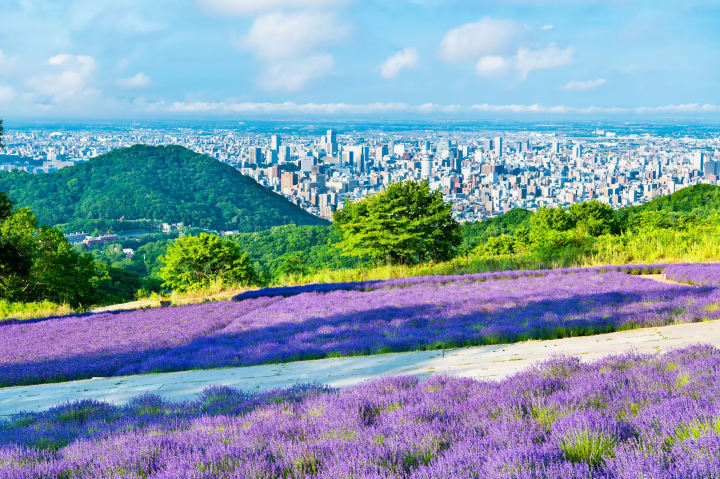
Photo by Pixta
Hokkaido located in the northernmost part of Japan, known as the largest prefecture, is a popular spot for those who enjoy winter sports.
Not only is it a great time to visit in winter, when the Sapporo Snow Festival takes place, but Hokkaido offers wonderful views of nature during other seasons as well from enjoying the scents and views from lavender fields at Farm Tomita or Horomitoge Lavender Farm, to admiring the beauty of Lake Biei.
In addition to Hokkaido’s beautiful nature and endless activities, it provides some of the best fresh seafood and vegetables which can be enjoyed at Sapporo's Nijo Market. End your day by taking the Mt. Moiwa Ropeway to the top and enjoy the lovely sunset views.
Read also
↑ Return to the top of article.
2. Tohoku
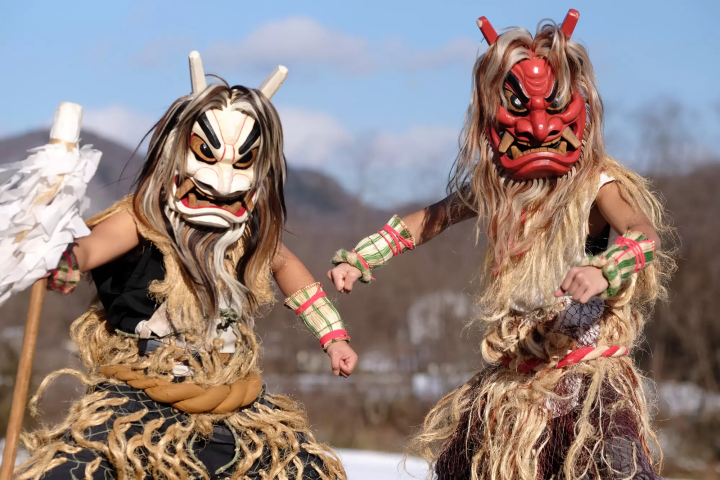
Photo by Pixta
The Tohoku region is located in the northern part of the main island of Japan. It consists of six prefectures: Aomori, Iwate, Miyagi, Akita, Yamagata, and Fukushima.
Tohoku is famous for holding some of the most popular summer festivals like the Nebuta festival in Aomori, Sansa Odori in Iwate, Sendai Tanabata festival in Miyagi, the Kanto festival in Akita, Hanagasa festival in Yamagata, and the Waraji festival in Fukushima. All of these take place in August, but festivals aren't the only times to visit the Tohoku region.
Each prefecture boasts some of the most beautiful landscapes and nature spots worth visiting, like the famous underground lake Ryusendo in Iwate, which is said to have been the home of dragons. Spend your time in the Tohoku region for the chance to experience firsthand Japanese culture.
Read also
↑ Return to the top of article.
3. Kanto
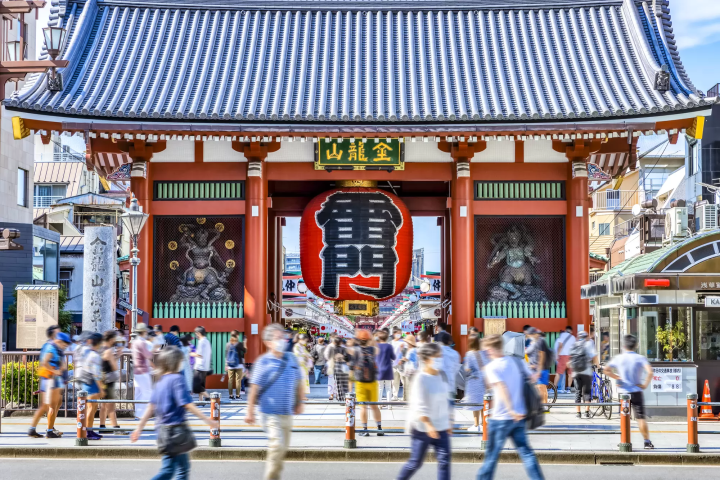
Photo by Pixta
The Kanto region, situated on Japan's eastern main island, comprises of seven prefectures: Tokyo, Kanagawa, Chiba, Saitama, Tochigi, and Ibaraki, each renowned for its cultural landmarks and immersive attractions.
Tokyo, the bustling capital and fashion hub, offers more than its lively energy, boasting sites like the historic Sensoji Temple in Asakusa. Kanagawa features scenic waterfront cities such as Kamakura, home to the iconic Great Buddha at Kotoku-in Temple. Chiba entices with Tokyo Disneyland and Narita's rich cultural heritage, while Saitama offers the ancient castle town of Kawagoe.
Tochigi is home to the UNESCO World Heritage site Nikko Toshogu Shrine, and Ibaraki charms with Hitachi Seaside Park's seasonal flowers. Whether you’re a first-time traveler to Japan or a seasoned one, the Kanto region always has a place that has yet to be explored.
Read also
↑ Return to the top of article.
4. Chubu
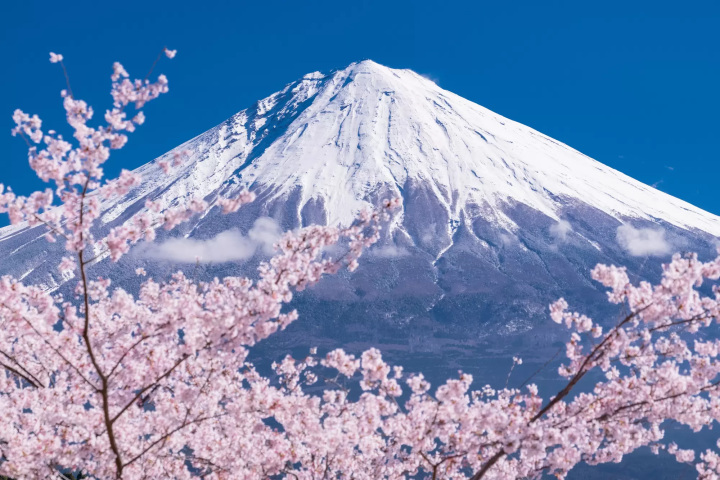
Photo by Pixta
Located in the central part of Japan's main island, the Chubu region comprises nine prefectures which are further split into sub-regions. Koshinetsu is made up of Niigata, Yamanashi, and Nagano. Hokuriku is made up of Toyama, Ishikawa, and Fukui. Lastly, Tokai consists of Gifu, Aichi, and Shizuoka.
↑ Return to the top of article.
5. Koshinetsu (Sub-Region of Chubu)
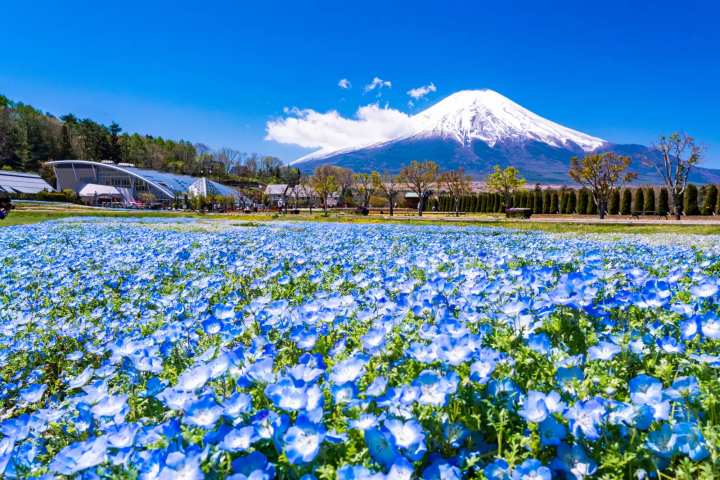
Photo by Pixta
The Koshinetsu region, comprised of Nagano, Niigata, and Yamanashi prefectures, sits close to the center of Japan's archipelago, characterized by mountainous terrain that offers cooler summers.
Popular summer retreats like Karuizawa, Suwako, and Kirigamine attract visitors seeking relief from the heat. Nagano gained fame by hosting the 1998 Winter Olympics, drawing winter sports enthusiasts to its snowy slopes alongside Niigata. Families can also enjoy local cuisine and unwind in ryokan accommodations with natural hot springs year-round.
Yamanashi, renowned for its scenic views of Mount Fuji, surprises with its top-notch wineries—perfect for wine enthusiasts and curious palates alike. Whether enjoying winter sports or indulging in cultural and delicious dishes, these prefectures promise unforgettable experiences for travelers who seek to enjoy the best of Japan.
Read also
↑ Return to the top of article.
6. Hokuriku (Sub-Region of Chubu)
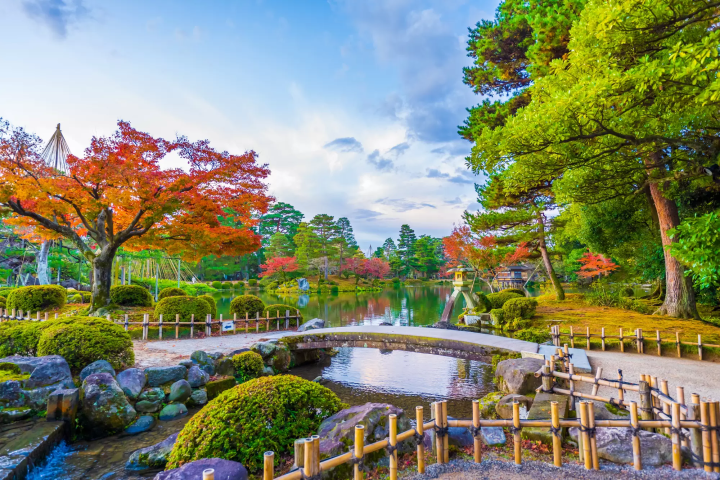
Photo by Pixta
The Hokuriku region consists of Toyama, Ishikawa, and Fukui prefectures along the Sea of Japan. Kanazawa is home to one of the three largest Japanese gardens in Japan: Kenrokuen Garden near Kanazawa Castle, offering a serene glimpse into Japan's history.
Interested in dinosaurs? You can explore Fukui Prefectural Dinosaur Museum's extensive exhibits spanning prehistoric eras. While museums are great places to cool off, be sure to head to Mikatagoko while in Fukui to enjoy the lake made up of five lakes.
Toyama showcases natural wonders like the Kurobe Dam and Tateyama Snow Wall. Gokayama in Toyama, part of the UNESCO World Heritage site, showcases picturesque gassho-style houses like those of Shirakawago in Gifu. Hokuriku is often praised for its fresh seafood, making it the perfect destination.
Read also
↑ Return to the top of article.
7. Tokai (Sub-Region of Chubu)
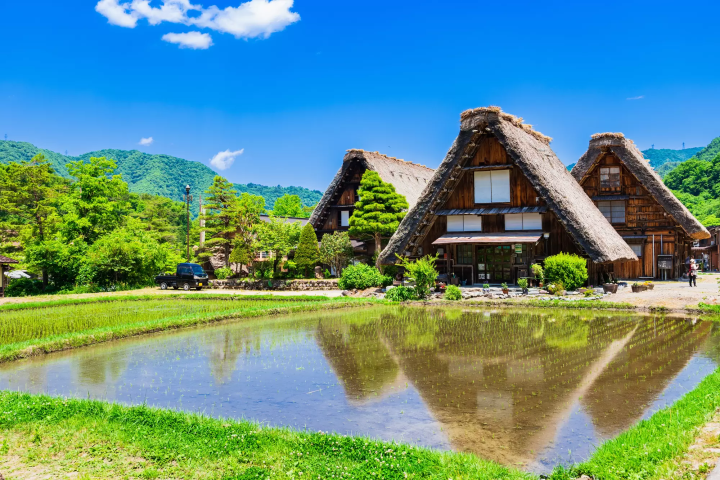
Photo by Pixta
The Tokai region, a sub-region of Chubu is made up of three prefectures: Gifu, Aichi, and Shizuoka. This region has distinguished itself from others through its food and its wedding customs.
Aichi’s Nagoya City is home to the Nagoya Castle, famous for holding the golden shachihoko (a sea monster that has the face of a dragon and the body of a carp.)
Shizuoka prefecture shares Mt. Fuji with Yamanashi prefecture, both prefectures show a different side of Mt. Fuji. Shizuoka’s side is said to show the female Mt. Fuji while Yamanashi’s side shows a male Mt. Fuji.
Gifu prefecture is home to the UNESCO World Heritage site Shirakawago where you can tour the gassho-style homes. Make the most of your trip by visiting the Tokai region.
Read also
↑ Return to the top of article.
8. Kansai / Kinki
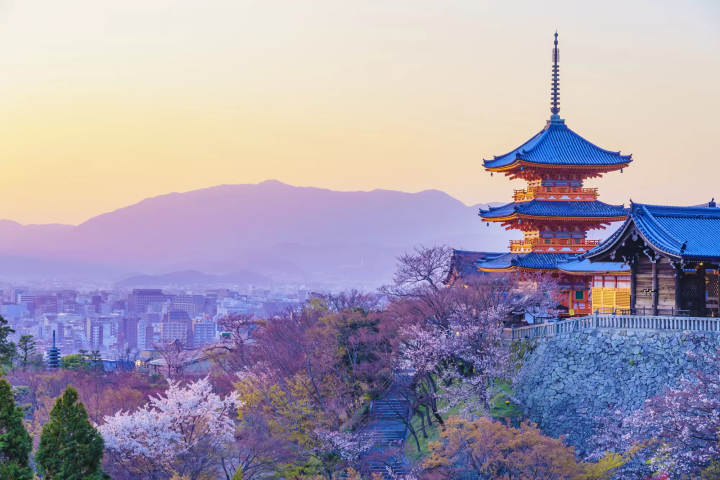
Photo by Pixta
The Kansai and Kinki regions, often used interchangeably, encompass Osaka, Kyoto, Hyogo, Nara, Shiga, Wakayama, and Mie.
Osaka is famed for takoyaki and okonomiyaki in Umeda and Dontonbori, home to many famous Japanese comedians. Kyoto offers a glimpse into Japan's past with Kinkakuji and Kiyomizudera Temple, while Nara's World Heritage temples like Todaiji Temple captivate with their ancient grandeur.
Mie's Ise Grand Shrine, a cultural landmark visited by figures like the Obamas, beckons travelers seeking spiritual enrichment. Hyogo tempts with luxurious Kobe beef, and Shiga's Lake Biwa and Wakayama's Kumano provide serene natural beauty and spiritual retreats.
Kinki expands upon Kansai's cultural wealth, inviting exploration of rich culinary traditions, historical marvels, and tranquil landscapes that define this vibrant region of Japan.
Read also
↑ Return to the top of article.
9. Chugoku
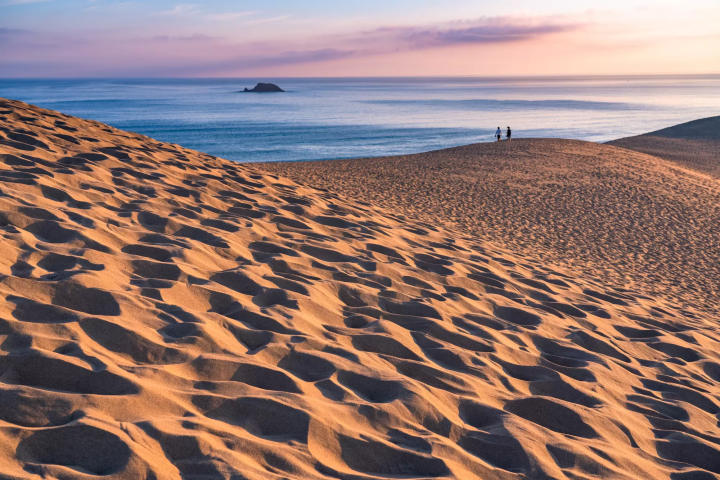
Photo by Pixta
Located in the western part of Japan's main island, the Chugoku region consists of five prefectures: Yamaguchi, Hiroshima, Okayama, Tottori, and Shimane.
Whether it's Tottori’s famous sand dunes or exploring Hiroshima’s Miyajima Island, Chugoku region provides some of the best views. If you’re seeking a new piece to add to your wardrobe, head over to Okayama’s Kurashiki City, known as the birthplace of the domestic denim industry.
If you’d like to indulge in a local delicacy, Yamaguchi is known for their pufferfish and their freshly made kawara soba. Make your way to Shimane known as the “land of the gods” where it is said that the Japanese gods hold an annual meeting at Izumo Taisha Grand Shrine. Make Chugoku your next destination!
Read also
↑ Return to the top of article.
10. Shikoku
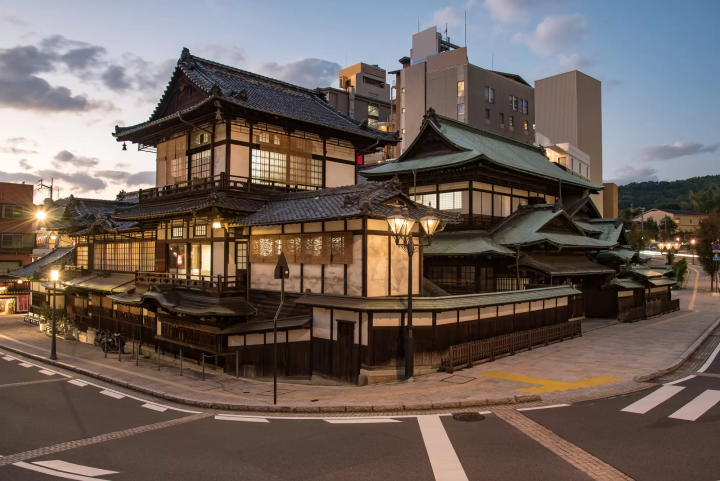
Photo by Pixta
Shikoku, occupying the entire Shikoku Island, is situated next to the Chugoku region. It is comprised of four prefectures: Ehime, Kochi, Kagawa, and Tokushima.
It is well known in Japan that Ehime is famous for mikan or mandarins, but did you know it is also home to Dogo Onsen, one of the oldest onsens in Japan?
Visit the Ekin Museum in Kochi and admire artwork from the 19th century. In Kagawa, take a stroll on Naoshima Island, dubbed the “holy land of contemporary art.” Or admire the sound and view of the Todoroki Falls in Tokushima.
Whether you want a relaxing experience or days full of the outdoors, create an unforgettable trip in Shikoku.
Read also
↑ Return to the top of article.
11. Kyushu
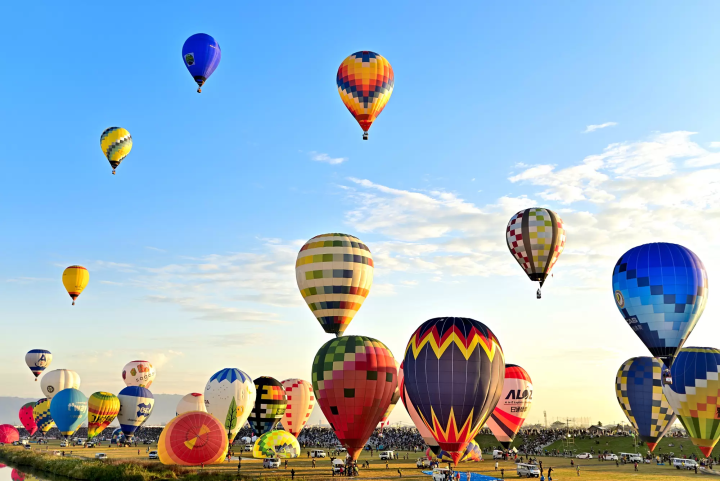
Photo by Pixta
Kyushu is located in the southernmost part of Japan and is comprised of eight prefectures: Fukuoka, Kumamoto, Saga, Nagasaki, Oita, Miyazaki, Kagoshima, and Okinawa.
The Kyushu region is famous for its hot springs, active volcanoes, and its production of shochu (distilled alcohol). Visit Kumamoto Castle and have the chance to try Kumamoto’s delicacy basashi (raw horse meat.) Or have a bowl of Hakata ramen, a specialty in Fukuoka followed by river cruising in Yanagawa.
Make your way to Saga and enjoy the famous hot air balloon competitions held every year from late October to early November. Take a rowboat down Takachiho Gorge in Miyazaki. Experience a spectacular sightseeing flight in Kagoshima.
Known as a hot spring town, Yufuin in Oita is the perfect place to end your day at a ryokan. Bask in the wonderful atmosphere of Kyushu and enjoy all that it has to offer!
Read also
↑ Return to the top of article.
12. Okinawa
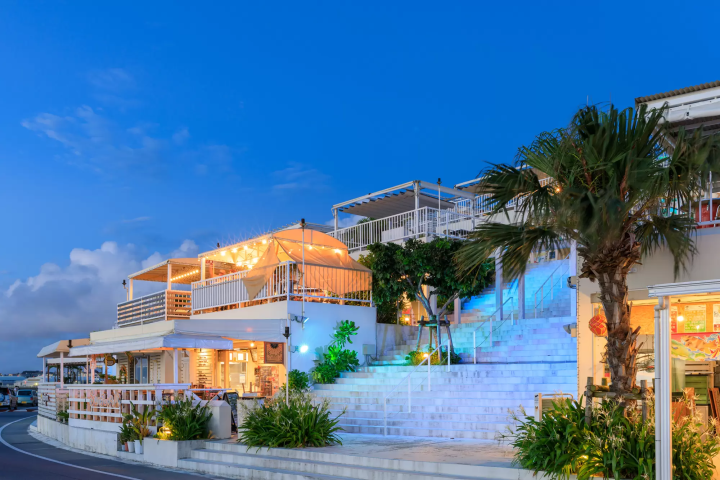
Photo by Pixta
Although Okinawa is often counted as part of the Kyushu region, it deserves its separate section. With its many islands and its rich history, Okinawa’s culture has a distinctive flair. From enjoying a hearty bowl of taco rice to savoring a glass of awamori, exploring Okinawa's rich cuisine is an unforgettable experience!
Enjoy the breathtaking views at Senagajima Umikaji Terrace with its white Greek-style building, where famous artists like Naomi Watanabe have visited. Visit the Gyokusendo Cave, a limestone cave located inside the Okinawa World Culture Kingdom.
Make the trip to Okinawa Churaumi Aquarium, famous for having some of the world's largest tanks, or experience snorkeling on Ishigaki Island where the water is crystal-clear allowing for the best conditions. Revel in Okinawan culture by spending your days exploring the many islands that make up Okinawa!
↑ Return to the top of article.
FAQ
What are the 8 main regions of Japan?
Japan's geographic diversity is reflected in its eight main regions, each offering a distinct blend of cultural heritage, natural beauty, and urban sophistication. From the serene landscapes of Hokkaido in the north to the historic sites and traditional culture of Tohoku and the bustling metropolis of Tokyo in the Kanto region, Japan's regions showcase a spectrum of experiences. The central Chubu region features the Japanese Alps and historic cities like Nagoya, while Kansai, the cultural heart of Japan, boasts the ancient temples of Kyoto and the vibrant atmosphere of Osaka. In western Japan, Chugoku showcases Hiroshima's history and the artistry of Naoshima, while Shikoku offers tranquil landscapes and spiritual pilgrimages. Kyushu in the southwest presents a mix of hot springs, historical towns like Nagasaki, and natural wonders like Mount Aso, completing Japan's tapestry of diversity, tradition, and natural wonders for visitors to explore and enjoy.
What are different areas of Japan known for?
Japan's diverse regions offer a tapestry of unique attractions and specialties that define their cultural and geographical allure. From Hokkaido's picturesque landscapes and fresh seafood to Tohoku's traditional festivals and hot springs, each area showcases distinct charms. The Kanto region, with Tokyo at its heart, pulsates with modernity and historical sites like Nikko. Chubu boasts Mt. Fuji's iconic presence and alpine vistas, while Kansai exudes cultural richness through Kyoto's temples, Osaka's culinary delights, and Nara's ancient treasures. Chugoku holds profound historical reflections in Hiroshima and artistic inspirations on Naoshima Island, whereas Shikoku beckons with spiritual pilgrimages and natural serenity. Kyushu's volcanic wonders, historic sites, and unique culinary offerings round out Japan's rich tapestry, inviting visitors to explore a country where each region offers a unique story and experience.
How is Japan organized by region?
Japan's organization into eight main regions reflects the country's diverse geography, culture, and historical heritage. From the northern island of Hokkaido with its natural beauty to Tohoku's traditional festivals and scenic landscapes, each region offers a unique experience. The eastern Kanto region, home to Tokyo, contrasts with the central Chubu region's alpine landscapes and historic cities. Kansai, the cultural heart of Japan, showcases Kyoto's temples, Osaka's culinary delights, and Nara's ancient treasures. Further west, Chugoku blends Hiroshima's history with modern art on Naoshima, while Shikoku beckons with spiritual pilgrimages and serene landscapes. Kyushu in the southwest boasts volcanic wonders, historic sites, and culinary specialties, collectively portraying Japan's diverse tapestry of landscapes, traditions, and attractions waiting to be explored.
Which is the biggest region in Japan?
In terms of geographical area, the biggest region in Japan is Hokkaido. As the northernmost island of Japan, Hokkaido covers a significant landmass compared to the other regions of the country. Hokkaido is known for its vast and diverse landscapes, including mountains, forests, lakes, hot springs, and coastlines, making it a popular destination for outdoor activities, winter sports, and nature enthusiasts.
What is the most beautiful region in Japan?
Determining the most beautiful region in Japan is subjective and can vary based on personal preferences and interests. However, many people consider Kyoto and the Kansai region to be some of the most beautiful areas in Japan due to their rich cultural heritage, stunning landscapes, and historical significance.
Kyoto, in particular, is renowned for its numerous ancient temples, serene gardens, picturesque bamboo forests, and traditional tea houses. The city's well-preserved architecture, cherry blossoms in the spring, and vibrant fall foliage during autumn make it a favorite among visitors seeking cultural immersion and scenic beauty.
The Kansai region, where Kyoto is located, also includes Osaka, Nara, and Kobe, each offering its own charm and attractions. Nara is known for its friendly deer roaming freely in Nara Park alongside historic temples, while Osaka is famous for its lively food scene, vibrant street markets, and modern architecture.
Overall, Kyoto and the Kansai region stand out for their blend of natural beauty, cultural landmarks, traditional arts, and historic sites, making them top contenders for the title of the most beautiful region in Japan.
What is the most visited area in Japan?
One of the most visited areas in Japan is Tokyo, the bustling capital city. Tokyo attracts millions of tourists annually and is a hub of culture, technology, shopping, dining, and entertainment. Iconic attractions in Tokyo such as Shibuya Crossing, the historic Asakusa district with Senso-ji Temple, the trendy areas of Harajuku and Shinjuku, and the upscale shopping and dining in Ginza draw countless visitors from across the globe.
Another highly visited area is Kyoto, known for its thousands of temples and shrines, traditional tea houses, historic districts like Gion, and beautiful gardens. Kyoto represents the epitome of traditional Japanese culture and attracts visitors seeking to immerse themselves in the country's rich heritage.
Both Tokyo and Kyoto, along with other popular destinations like Osaka, Hiroshima, Nara, and Hokkaido among others, contribute to making Japan a top travel destination with diverse attractions and experiences that cater to a wide range of interests for tourists from around the world.
What is the largest prefecture in Japan?
The largest prefecture in Japan in terms of land area is Hokkaido Prefecture. Located in the northern part of Japan, Hokkaido is an expansive region known for its rugged wilderness, mountains, national parks, hot springs, and agricultural landscapes. As the northernmost prefecture in Japan, Hokkaido covers a significant area, making it the largest among Japan's 47 prefectures.
Explore Japan’s Regions and Their Charms
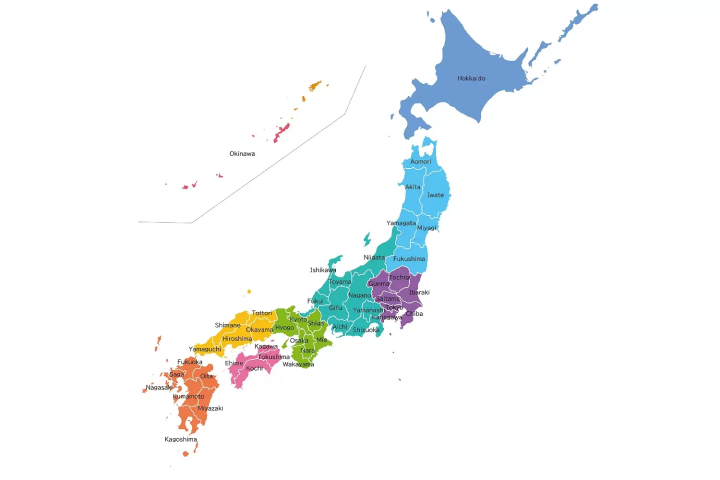
Image by Pixta
Japan is filled with a rich history and breathtaking nature that attracts many visitors. Japan’s regions offer unique experiences, distinguishing themselves by their geography and respective history. It is prominent with its specialty dishes and cultural traditions. Whether you decide to explore Kanto or relax in Kyushu, there is an unforgettable journey waiting to happen.
Read also
Main image by Pixta
Aimee, a freelance writer at MATCHA, has lived in Japan for almost 5 years. In her native country, she graduated with her bachelor's in baking and pastry management with a concentration in advanced wine and beverage hospitality. Through her studies, she came to discover the world of Japanese sake, which would lead her to travel to Japan where she joined an international program that showed the real side of Japan through homestays. Visiting several cities and prefectures, she came to love Japan and decided to live and work in Japan. Her travels have allowed her to gain knowledge of Japanese culture and food which she hopes to share with the rest of the world.







![[Sendai Tanabata Festival] A seasonal summer event of Sendai, the city of trees! Access map around the Sendai Station for festival visit](https://resources.matcha-jp.com/resize/200x2000/2024/05/05-178870.webp)































![[July 19th (Fri) - September 1st (Sun), 2024 at Kagoshima Prefectural History and Art Center Reimeikan (Kagoshima City, Kagoshima Prefecture)] Ukiyo-e Exhibition KAGOSHIMA](https://resources.matcha-jp.com/resize/200x2000/2024/06/13-183469.webp)
























![[Kanazawa] Enjoy the world of gold leaf to the fullest in the city with the highest production volume in Japan](https://resources.matcha-jp.com/resize/720x2000/2025/11/12-249564.webp)
![[2026] Family Winter Trip to Suzuka Circuit! – For Both Day trips and Overnight Stays!](https://resources.matcha-jp.com/resize/720x2000/2025/12/26-254097.webp)
![[Northern Okinawa] 4 Recommended Cosmos Fields in Okinawa | Sunflowers and Cherry Blossoms in the Same Season!](https://resources.matcha-jp.com/resize/720x2000/2024/08/12-192028.webp)

